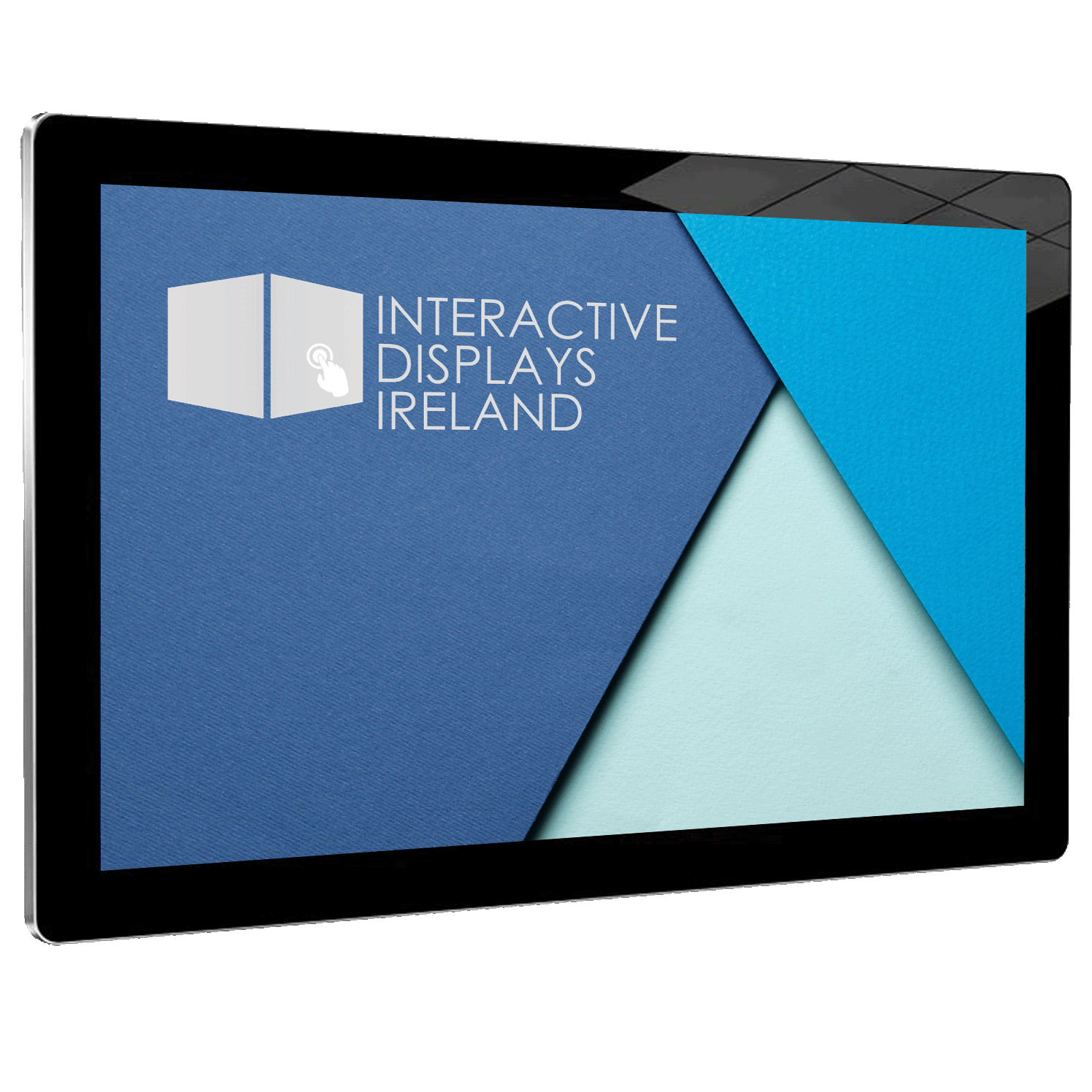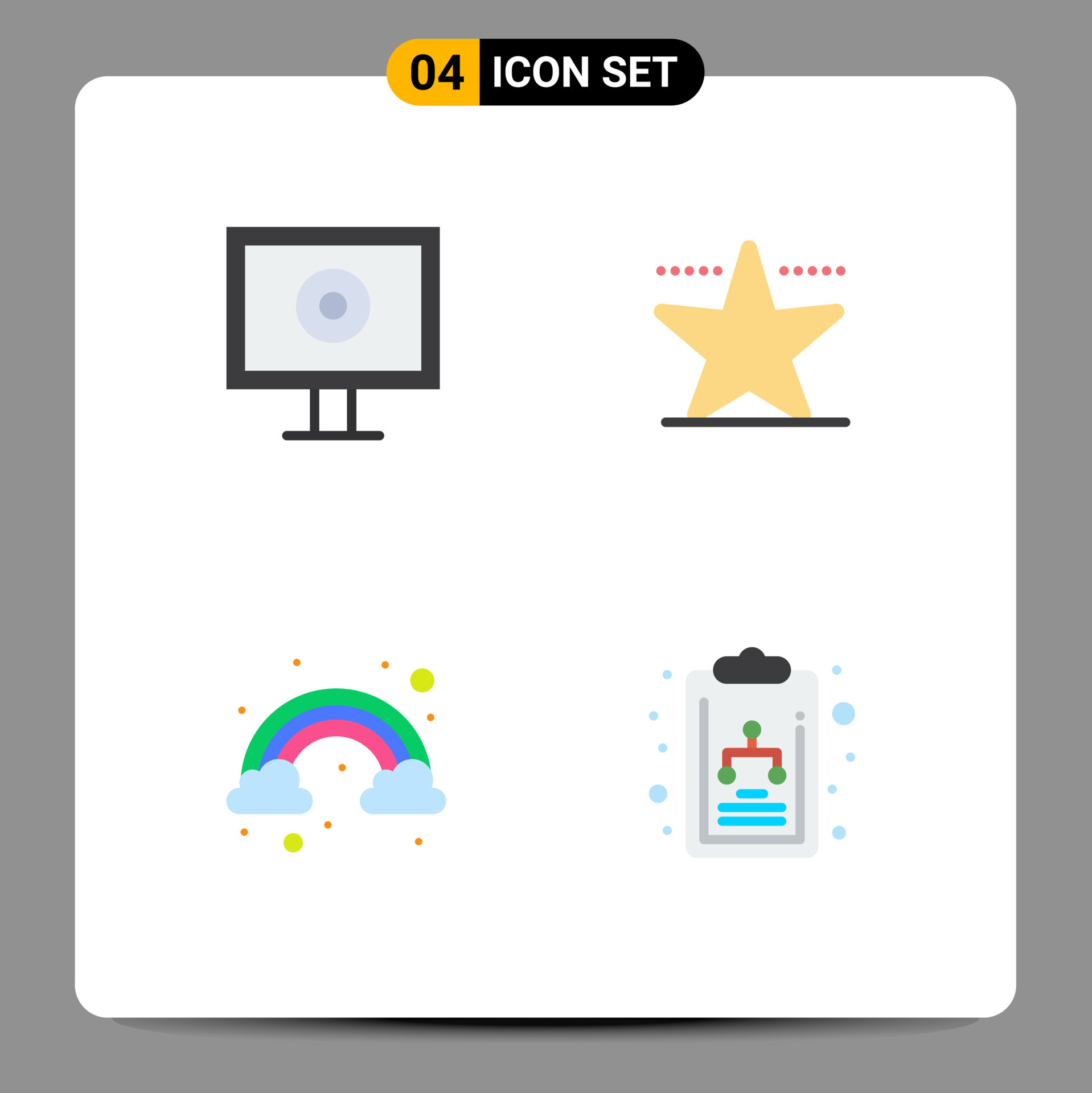RemoteIoT Display Chart: The Ultimate Guide To Transforming Data Visualization
In today's digital age, remote IoT display chart solutions have become indispensable for businesses and individuals seeking real-time data visualization. The ability to remotely monitor and analyze data through IoT devices has revolutionized industries, enhancing decision-making processes and operational efficiency. With the growing demand for smart solutions, understanding remote IoT display chart technology is more crucial than ever.
From environmental monitoring to industrial automation, remote IoT display charts enable users to access critical data from anywhere in the world. This technology allows seamless integration of IoT devices with cloud-based platforms, providing a comprehensive view of real-time metrics. Whether you're a business owner, data analyst, or tech enthusiast, this article will equip you with the knowledge to harness the full potential of remote IoT display charts.
In this comprehensive guide, we'll explore the fundamentals of remote IoT display charts, their applications, benefits, and implementation strategies. By the end of this article, you'll have a clear understanding of how this technology can enhance your operations and improve your decision-making capabilities. Let's dive in!
Read also:Jace Norman Height And Weight The Rising Star Of Hollywood
Table of Contents
- What is RemoteIoT Display Chart?
- History of RemoteIoT Display Technology
- Key Components of RemoteIoT Display Systems
- Applications of RemoteIoT Display Charts
- Benefits of Using RemoteIoT Display Charts
- Implementation Strategies for RemoteIoT Display Charts
- Challenges in RemoteIoT Display Chart Integration
- Best Practices for Optimizing RemoteIoT Display Charts
- Future Trends in RemoteIoT Display Chart Technology
- Conclusion and Call to Action
What is RemoteIoT Display Chart?
A remote IoT display chart refers to a digital visualization tool that allows users to monitor and analyze data collected from Internet of Things (IoT) devices remotely. This technology leverages cloud computing, IoT sensors, and data analytics to provide real-time insights into various operational metrics. Remote IoT display charts are essential for industries requiring constant monitoring, such as healthcare, manufacturing, and agriculture.
How Does RemoteIoT Display Chart Work?
Remote IoT display charts function by collecting data from IoT devices, transmitting it to a central server or cloud platform, and presenting it in an easily digestible format. This process involves several steps:
- Data collection from IoT sensors
- Data transmission via wireless networks
- Data processing and analysis using advanced algorithms
- Data visualization through interactive charts and dashboards
History of RemoteIoT Display Technology
The evolution of remote IoT display technology dates back to the early days of telemetry systems. Initially used in aerospace and telecommunications, this technology has expanded to various industries, driven by advancements in IoT and cloud computing. Today, remote IoT display charts are integral to smart cities, industrial automation, and environmental monitoring.
Key Milestones in RemoteIoT Display Development
- 1960s: Telemetry systems introduced for space exploration
- 1990s: Emergence of wireless sensor networks
- 2000s: Rise of IoT devices and cloud platforms
- 2010s: Development of real-time data visualization tools
Key Components of RemoteIoT Display Systems
A robust remote IoT display system consists of several key components that work together to deliver accurate and timely data visualization:
IoT Sensors
IoT sensors are the primary data collection devices in remote IoT display systems. These sensors capture various parameters such as temperature, pressure, humidity, and more.
Cloud Platforms
Cloud platforms serve as the backbone of remote IoT display systems, enabling data storage, processing, and analysis. Popular platforms include AWS IoT, Microsoft Azure, and Google Cloud IoT.
Read also:Cassper Nyovest Marks 1 Year Of Marriage With Pulane Mojaki With Moving Love Letter
Data Visualization Tools
Data visualization tools transform raw data into interactive charts and dashboards, making it easier for users to interpret and analyze information.
Applications of RemoteIoT Display Charts
Remote IoT display charts find applications across multiple industries, enhancing operational efficiency and decision-making capabilities. Below are some prominent use cases:
Healthcare
In healthcare, remote IoT display charts enable real-time monitoring of patient vitals, allowing healthcare providers to deliver timely interventions and improve patient outcomes.
Manufacturing
The manufacturing sector utilizes remote IoT display charts for predictive maintenance, quality control, and production optimization, reducing downtime and improving productivity.
Agriculture
Smart agriculture relies on remote IoT display charts to monitor soil moisture, weather conditions, and crop health, enabling farmers to make data-driven decisions and increase yields.
Benefits of Using RemoteIoT Display Charts
Implementing remote IoT display charts offers numerous advantages, including:
- Real-time data access
- Enhanced decision-making capabilities
- Improved operational efficiency
- Cost savings through predictive maintenance
- Scalability and flexibility
Implementation Strategies for RemoteIoT Display Charts
Successfully implementing remote IoT display charts requires careful planning and execution. Below are some strategies to consider:
Assessing Requirements
Begin by identifying your specific needs and objectives. Determine the types of data you want to monitor and the desired visualization formats.
Selecting the Right Tools
Choose reliable IoT sensors, cloud platforms, and data visualization tools that align with your requirements and budget.
Ensuring Data Security
Implement robust security measures to protect sensitive data transmitted and stored in your remote IoT display system.
Challenges in RemoteIoT Display Chart Integration
While remote IoT display charts offer numerous benefits, their integration poses certain challenges:
- Data privacy and security concerns
- Interoperability issues between devices and platforms
- High initial investment costs
- Technical expertise required for setup and maintenance
Best Practices for Optimizing RemoteIoT Display Charts
To maximize the effectiveness of your remote IoT display charts, follow these best practices:
Regular Maintenance
Perform routine maintenance and updates to ensure your system operates at peak performance.
Data Quality Assurance
Implement data quality assurance processes to eliminate inaccuracies and ensure reliable insights.
User Training
Provide comprehensive training to users, enabling them to fully utilize the capabilities of remote IoT display charts.
Future Trends in RemoteIoT Display Chart Technology
The future of remote IoT display chart technology looks promising, with advancements in artificial intelligence, machine learning, and edge computing driving innovation. Key trends include:
- AI-powered data analytics for predictive insights
- Edge computing for faster data processing
- Enhanced security measures for protecting sensitive data
Conclusion and Call to Action
Remote IoT display charts have become essential tools for businesses and individuals seeking to harness the power of real-time data visualization. By understanding their fundamentals, applications, and implementation strategies, you can unlock new opportunities for growth and innovation. We encourage you to explore this technology further and share your thoughts in the comments below. Don't forget to subscribe to our newsletter for more insightful articles and updates on the latest trends in IoT and data visualization.


